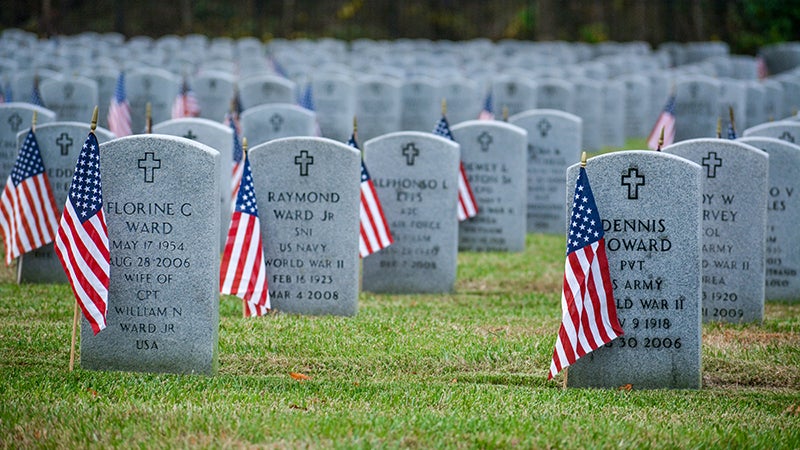Schools continue mental health education
Published 11:37 pm Tuesday, August 14, 2018
The Virginia General Assembly has passed legislation that will require mental health education, but the Virginia Department of Education has not rolled out a curriculum.
That hasn’t stopped Suffolk Public Schools, however, which already had mental health as part of the 10th-grade curriculum. In January, they began supplementing it with the “More Than Sad” program.
“We started implementing Virginia Tiered Systems of Support last year and knew we needed to supplement what we already offered,” said Assistant Superintendent Dr. Suzanne Rice. “I had also attended an eight-hour course on Youth Mental Health First Aid and recognized the startling statistics as well as the number of students who make threats to harm themselves.”
At the beginning of the year, the school division began conversations with the community and held presentations directed towards parents and guardians. As spring rolled around, they started to implement the “More Than Sad” program in eighth-grade and 10th-grade classrooms.
Having mental health education has become important to educators and lawmakers.
“I think we are the perfect platform to help educate the community, parents and students to help eliminate the stigma that is associated with mental health,” Rice said.
Since the program rolled out, facilitators have made 92 presentations to a total of 2,469 people, including 1,867 students. According to Rice, the presentations and implementation in the schools have received nothing but positive feedback.
They currently have baseline data to measure the impact of the program, but they don’t have enough data to know how well the program has worked.
“It’s too early to determine how well it worked, but we do have baseline data now. We selected this program because the video is powerful and it is very lifelike — using teens who are dealing with real problems,” Rice said. “The guided discussion that follows was very enlightening. Even if some students didn’t get involved with the discussion, they were engaged and listening.”
Currently, 469 staff members have been trained to spot warning signs as well as to discuss the topics with students.
The school asked the 2,469 people a set of questions for the baseline data — if they understood depression better, if they knew the signs of depression, if they were likely to help a friend, if they were likely to seek help for themselves and if they were likely to talk to an adult or call a hotline.
Once the program continues, the division will have the opportunity to reassess and decide if the program is working.




